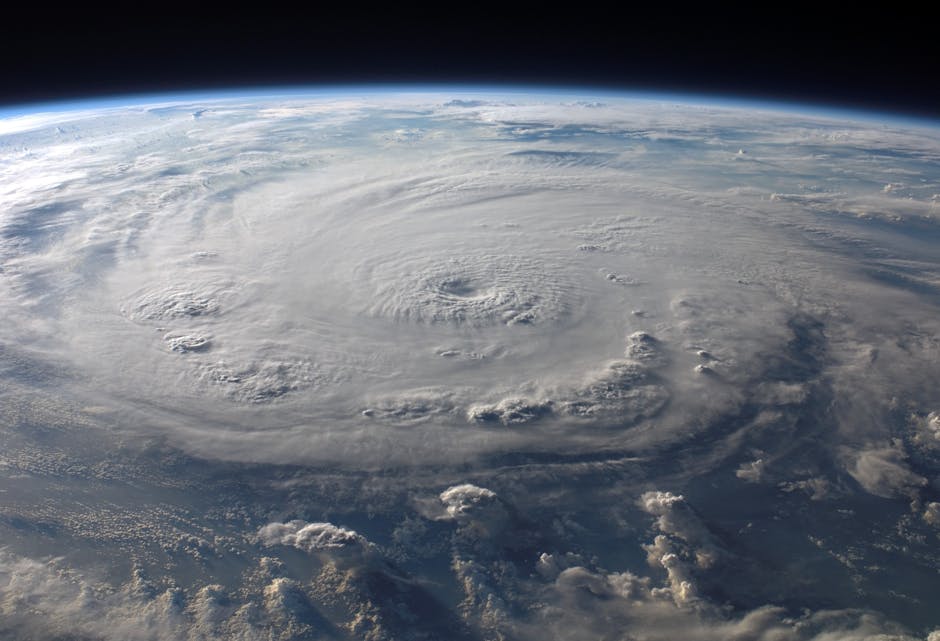
Residents across Okinawa and the Amami region are urged to exercise extreme caution as Typhoon No. 26, known internationally as Phanfone, significantly intensifies frontal activity, leading to a high alert for heavy rainfall.
Typhoon No. 26 (Phanfone) Triggers Frontal Activation
Typhoon No. 26 (Phanfone) is currently exerting a profound influence on weather patterns, causing a significant activation of a stationary front. This interaction between the typhoon and the front is creating conditions highly conducive to severe precipitation.
The atmospheric pressure gradient is becoming more pronounced, drawing in warm, moist air masses that are fueling the frontal system. This meteorological phenomenon is the primary driver behind the anticipated heavy rainfall across the affected areas.
Heavy Rain Alert Issued for Okinawa and Amami
Authorities have issued a heavy rain alert for both Okinawa and the Amami region. This warning indicates a heightened risk of various weather-related hazards, and residents are advised to remain vigilant and prioritize safety.
The potential for flash floods, landslides, and rising river levels is considerable. Areas prone to inundation, particularly those in low-lying regions or near rivers and coastal zones, should be especially cautious. Even urban areas may experience localized flooding due to intense downpours.
The heavy rainfall could also lead to reduced visibility on roads, making driving conditions hazardous. Strong winds associated with the intensified frontal activity, exacerbated by the typhoon's influence, may also pose additional risks, including falling debris and power outages.
Essential Preparedness and Safety Measures
In light of the heavy rain alert, it is crucial for all residents in Okinawa and Amami to take proactive safety measures. Preparedness can significantly mitigate risks and ensure personal safety.
Stay Informed
- Regularly check the latest weather advisories and local government alerts.
- Have multiple ways to receive emergency information, such as TV, radio, and smartphone alerts.
Secure Your Surroundings
- Secure any loose outdoor items that could be blown away by strong winds.
- Clear gutters and drains around your home to prevent blockages and reduce the risk of flooding.
Prepare an Emergency Kit
- Ensure your emergency kit is stocked with essentials like water, non-perishable food, a first-aid kit, a flashlight, batteries, and important documents.
Prioritize Safety
- Avoid unnecessary travel, especially during periods of intense rain and strong winds.
- Do not approach swollen rivers or flooded areas. The current can be deceptively strong, and floodwaters may conceal dangerous debris.
- If advised to evacuate, do so promptly and follow the instructions of local authorities.
The situation requires continuous monitoring and adherence to safety guidelines. By staying informed and taking appropriate precautions, communities in Okinawa and Amami can better navigate the challenges posed by Typhoon No. 26 (Phanfone) and its impact on frontal activity.
Comments
Post a Comment